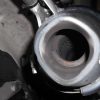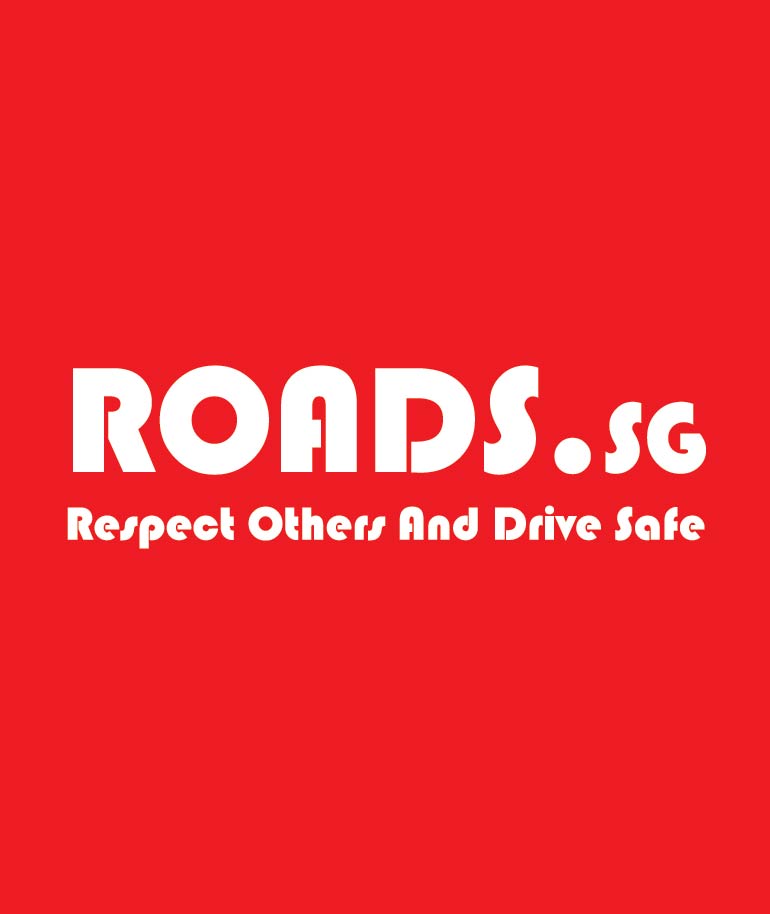
Motorists caught with illegally modified engines or exhaust systems in their vehicles for two or more times will be subjected to more frequent mandatory vehicle inspections.
Under the current enhanced inspection regime, second-time offenders will be required to bring their vehicles for mandatory inspections every six months for a period of two years, while third-time or subsequent offenders will need to bring their vehicles for mandatory inspections every three months for a period of two years.
This demonstrates a more stringent inspection regime as compared to that for normal vehicles, which are typically inspected once every one or two years, depending on their age and type.
Penalties involved
Any owner who does not comply with the inspection regime is guilty of an offence and can be fined up to $1,000 or jailed for up to three months on conviction for the first offence
“On conviction for a second or subsequent offence of failing to comply, the maximum penalty will be doubled.”
The purpose is to deter motorists from modifying their vehicle engines or exhaust systems illegally.
Any person who is convicted of an illegal modification can be fined up to $2,000 or jailed for up to three months, for the first offence.Repeat offenders can be fined up to $5,000 or jailed up to six months.
In addition, if a vehicle is found with a tampered engine, it will need to be deregistered and the owner may not be granted scrap rebates.
LTA said illegal modifications can create serious safety and environmental hazards.
Once a vehicle’s engine or exhaust system is modified without due certification and approval, the existing vehicle components may not be able to handle the increased power or speed. Such modifications may also affect the durability and reliability of a vehicle.
Currently, motorists may choose to legally install aftermarket exhaust systems that are certified to be suitable for the specific vehicle make and model.
These exhaust systems, which are specifically designed and engineered for a particular vehicle make and model, will have undergone testing either by the vehicle manufacturer or by independent test laboratories, to ensure compliance with internationally recognised standards.
Modifications not allowed
Vehicle owners who fail to comply with the below specifications may face a maximum Court fine of $1,000 or 3 months’ imprisonment upon conviction in Court.
List of modifications not allowed
Air Horns
The use of air horns, including the modification of existing car horns to air horns, is not allowed as they may distract and cause nuisance to others.
Disabling of Automatic headlamp switch-on function on motorcycles
When motorcycles are in use, headlamps must always be switched on as they enhance the safety of motorcyclists.
Motorcycles registered in Singapore on or after 1st November 1997 must be equipped with an automatic headlamp switch-on function to comply with the above requirement.
Chain guards
Removal of chain guards on motorcycles is not allowed, as the guards help to minimise injury to motorcyclists in the event of chain or sprocket failure.
Chassis
The chassis (i.e. the base frame of your motorcycle) is an integral part of your vehicle. Hence, if it is badly damaged or beyond repaid, it cannot be re-used and the vehicle must be scrapped.
Crash bars
Crash bars are commonly installed on vehicles in non-urbanised areas. They protect vehicles from head-on collisions with animals such as kangaroo and deers. Crash bars are not allowed to be installed on vehicles in urbanised cities like Singapore as they can aggravate injuries to pedestrians in the event of a collision.
Daytime Running Lamp (DRL)
You are not allowed to install aftermarket DRL kits onto your vehicle as such lamps may cause unwanted glare and distraction to other motorists on the roads.
Vehicles should only be installed with factory-fitted Daytime Running Lamps (DRLs) as the manufacturer would have designed the lamps to meet internationally recognised vehicle standards.
Decorative lamps
Decorative lamps when fitted to the vehicle may cause confusion and distraction to other road users.
Examples: Wiper washer LEDs, undercarriage neon lights, vehicle interior neon lights, etc.
Engine capacity
Increasing the engine capacity is not allowed as it may lead to premature failure of the engine and othe related components. The increased engine capacity may also adversely affect the exhaust emission characteristics of the vehicle and safety, as components like the brakes might not be able to cope with the extra power.
Head lamps
Aftermarket HD lamp kits may cause unwanted glare and may temporally blind other road users. Therefore, vehicles should only be fitted with factory fitted HID lamps that meet internationally recognised standards.
The replacement bulbs must be of a design and type recommended by the vehicle manufacturer. Higher wattage bulbs may increase the risk of a fire as a greater current is being drawn to power these lamps.
* For more information, refer to LTA guidelines on installation of aftermarket headlamps.
Hydrocarbon (HC) refrigerants
With effect from 1 April 2012, the use of Hydrocarbon (HC) refrigerants in vehicle air-conditioning systems is not allowed because it is extremely flammable and pose a potential safety hazard. For more information, please refer to the fire safety regulations by the Singapore Civil Defence Force (SCDF).
Nitrous injection devices
Nitrous injection devices inject nitrogen oxide gas (which is highly reactive) into the combustion chamber to increase the rate of combustion which may be detrimental to the engine. This may lead to premature failure of engine and its related components, thus adversely affecting the safety and exhaust emission characteristics of the vehicle. These devices are not allowed by the LTA.
Spot lamps
Spot lamps project focused light beams which can cause temporarily blindness to other road users. Spot lamps can only be used in remote areas with limited lighting, as extra sources of light or for emergencies. They must be covered at all times in Singapore, if fitted.
Tinting or masking of vehicle lamps
Tinting or masking of vehicle lamps are not allowed as they may adversely affect the lamps’ performance.
Tow hooks
Most vehicles are originally equipped with towing points for recovery purposes. Tow hooks are not allowed as the sharp and hard surface of the hook may aggravate injuries in the event of a collision.










